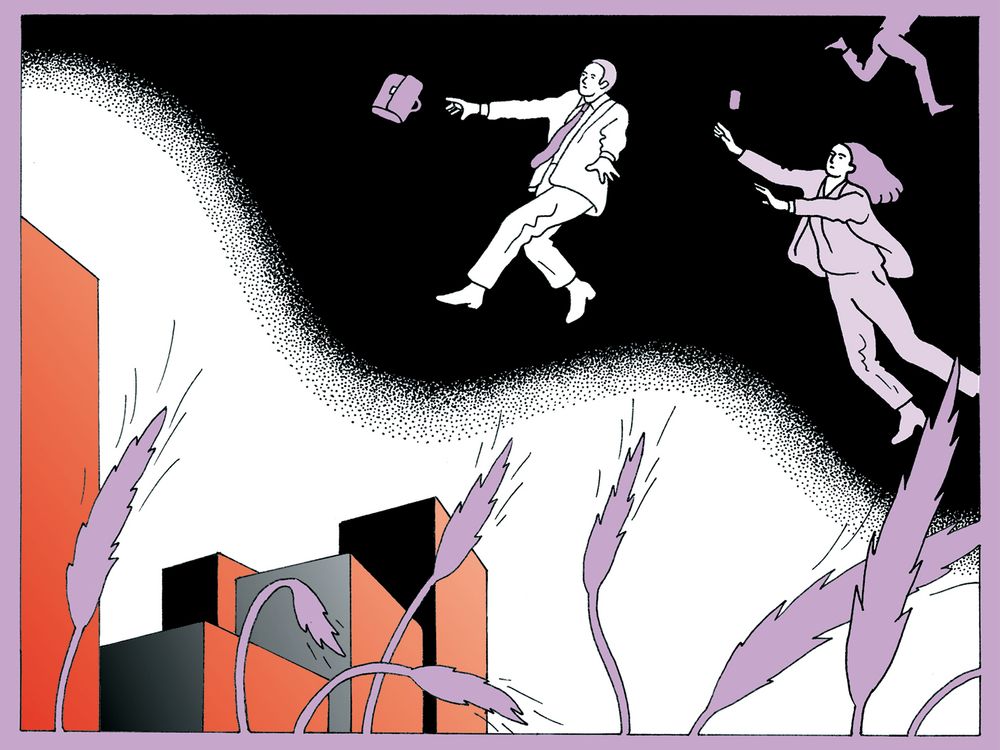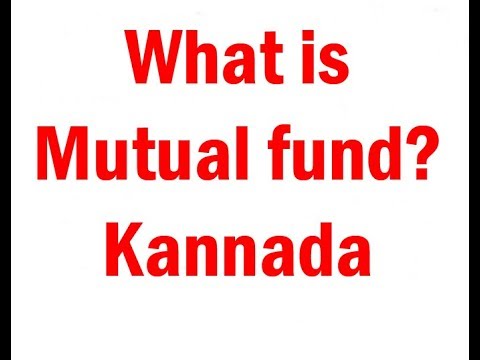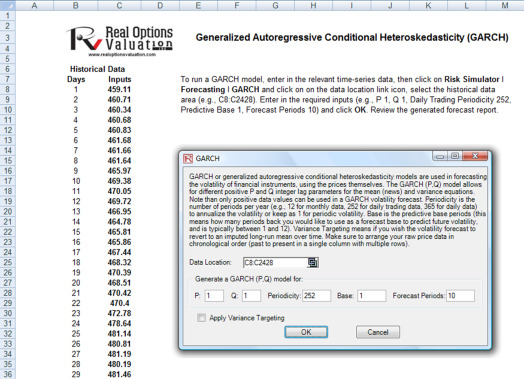

To have the right to execute this option, you must pay a premium to the seller. If the premium is $4 per share, you would have paid $400 at the beginning of the contract to the option writer $4.00 x 100 shares). In exchange, you can exercise the option to buy $7,000 worth of Coca-Cola stock for $6,000 on July 15th. After accounting for the call premium of $400, exercising the call option would net you $600 in profit.
When traders discuss stock choices they typically use phrases like “within the money,” “out of the cash,” and “at the money.” Those phrases all relate to the strike price. However, for example that the stock rallies and on the finish of the buying and selling day, it closes at $50. The option contract is on the money as a result of the stock value is equal to the strike price and has zero intrinsic value. Therefore, the put possibility additionally expires without being exercised as a result of exercising it does not monetize any value. When the inventory value equals the strike value, the choice contract has zero intrinsic worth and is on the money. However, traders will buy put choices when they believe that the value of the underlying stock will decrease by the point of expiration.
When a name possibility is bought, the dealer immediately knows the maximum amount of money they will possibly lose. The max loss is all the time the premium paid to own the option contract; on this instance, $60. Whether the stock falls to $5 or $50 a share, the call choice holder will only lose the quantity they paid for the option. When a call option buyer exercises his right, the naked option seller is obligated to buy the stock at the current market price to provide the shares to the option holder.
The redemption premium exists to compensate bondholders for some of their lost interest payments. It is especially useful if they can only reinvest in securities with a lower return rate. European calls on a non-dividend paying stock also cannot have a negative time value. However, European puts on a stock and European calls on a dividend paying stock may have a negative time value. The holder of a European put would love to exercise, but is constrained by the fact that the exercise date is further away.
Is Options Trading a good idea?
In the case of all financial investments, there is a risk-reward relationship – you get a reward if you take a risk. In the case of call options, if the security underlying is taken off the market, there is a risk the investors follow. The issuer, therefore, pays them a premium or a reward for taking the risk of owning securities that can be redeemed earlier than its maturity or deadline. If the issuers of the underlying security of an option call early, the investors lose some money. A call premium is a compensation paid by the issuers to make up for the gap or loss suffered by the option holders. The premium is meant to balance the risk option owners face while the underlying is exercised earlier than its maturity period.
- How large of a loss depends on the price basis of the shares they have to use to cover the option order, plus any brokerage order expenses, but much less any premium they obtained.
- The option premium is higher for assets with higher price volatility in the recent past.
- Finally, in the last of the changes coming into force, these regulations will also see a cap introduced on the cost of calling non-geographic / premium rate numbers.
- Should they want to substitute their holding of these shares they could purchase them on the open market.
- If the strike price is much away from the current stock value, there needs to be sufficient time remaining on the choice to earn a revenue.
- As confidence builds you may ultimately decide to move to traditional covered call writing.
The strike price is the price at which the bond can be called per the terms of the agreement. A naked call option is when an option seller sells a call option without owning the underlying stock. The buyer can also sell the options contract to another option buyer at any time before the expiration date, at the prevailing market price of the contract.
They are a leveraged investment that offers potentially unlimited profits and limited losses . Due to the high degree of leverage, call options are considered high-risk investments. Since call options are derivative instruments, their prices are derived from the price of an underlying security, such as a stock. Once again, the holder can promote shares without the duty to promote at the acknowledged strike per share value by the said date.
In the case of the latter, this cash flow will be realised only at expiration. Hence, the upper bound is the present value of the exercise price. The difference between the option premium and the intrinsic value is termed as the time value or the speculative value of the option. This is the additional premium paid by the buyer for the option to wait and exercise subsequently. American options cannot have a negative time value, that is, the premium must be greater than or equal to the intrinsic value. Maximum profit happens when purchase price of underlying moves above the strike price of Call Option.
The intrinsic value is what the holder would get if it were to be immediately exercised. It is thus equal to the extent to which the option is in-the-money if it is in the in-the-money, or zero if the option is out-of-the money or at-the-money. Finally, in the last of the changes coming into force, these regulations will also see a cap introduced on the cost of calling non-geographic / premium rate numbers.
Responses to “Why Are Call Premiums Larger Than Put premiums For Near-The-Money Strikes?”
Likewise, under $47.06, the choices breakeven level, if the stock moved down $1, then the option contract would improve by $1, thus making $one hundred ($1 x $one hundred) as nicely. In other words, an choice purchaser will pay the premium to the author—or vendor—of an possibility. The maximum profit is the premium obtained when promoting the choice.

Some securities, such as bonds have the luxury to be called early. If such securities are kept as the underlying in an option, they may be called earlier than the deadline of the security. Therefore, the issuer of the option pays a premium to offset the losses. Increase for a volatile stock, because the likelihood of the stock price moving beyond the strike price is increased, making the contract more likely to be profitable. The option seller is compensated for the challenge of predicting how the stock will perform.
Why Covered Call Options May Be Your Best Investing Strategy
Implied volatility is a measure of the market’s view of the probability of inventory’s worth altering in worth. High volatility will increase the prospect of a stock moving previous the strike worth, so options traders will demand the next price for the options they are promoting. Remember, the underlying inventory price needs to move past the choice’s strike worth in order to have intrinsic worth. The extra time that remains on the contract, the upper the probability the inventory’s worth might transfer beyond the strike price and into profitability. To illustrate, if a a hundred shares of inventory moves down $1, then the trader would profit $100 ($1 x $100).
If you’re calling from a pay-as-you-go phone, 03 numbers are priced in line with standard calls you make on your mobile. As is stands, networks are being allowed to set their own prices for access charges with no upper limit being enforced. At the time of writing, UK carriers’ access charges range between 20p and 44p. The most expensive premium rate numbers cost up to £3 per minute and even the cheapest cost about 75p per minute. They’re often used for services such as weather information or for competitions and are described as ‘premium rate’ because they’re far from cheap to call.
The information is presented without consideration of the investment objectives, risk tolerance, or financial circumstances of any specific investor and might not be suitable for all investors. Investing involves risk, including the possible loss of principal. For options, the call premium is the amount paid when buying a call option (i.e., its market price). Bonds, preferred shares, and other callable securities are generally called when interest rates fall. The difference between the principal amount of a security and the price at which the security can be called by the issuer. During the first few years a call is permitted, the premium is generally equal to one year’s interest.
Or more specifically, they’ll have to print the ‚access charge‘ that applies. Investment banks and other institutions use call options as hedging instruments. Just like insurance, hedging with an option opposite your position helps to limit the amount of losses on the underlying instrument should an unforeseen event occur.
If the prevailing market price is less than the strike value at expiry, the investor can exercise the put. Should they want to substitute their holding of these shares they could purchase them on the open market. Call choices patrons are bullish on a stock and consider the share price will rise above the strike price before the choice’s expiry. Generally, the worth of an option is not going to vary as greatly as the underlying stock. A put choice is considered to be “in-the-cash” when the market price is lower than the strike worth. When choices are “in-the-money” or close to their expiration date, their worth will change at a different fee than the underlying stock.
As strike value plays such a vital position in both the value of the option and the potential for profit, it is necessary for an investor to choose the strike price rigorously. Larger gaps between strike value and market worth are more durable to bridge by the expiration date and thus mean increased danger. How large of a loss depends on the price basis of the shares they have to use to cover the option order, plus any brokerage order expenses, but much less any premium they obtained. Call premiums are paid to traders as compensation for the danger of having a bond known as early or an choice bought. To illustrate, if a one hundred shares of inventory strikes $1, then the dealer would revenue $one hundred ($1 x $one hundred). Likewise, above $fifty three.10, the options breakeven point, if the stock moved $1, then the choice contract would move $1, thus making $one hundred ($1 x $one hundred) as properly.
Short Call (Naked Call) Vs Covered Call Options Trading Strategy Comparison
Hence, we see a July call premium for the $23.00 strike at $0.65 and the corresponding put premium at $1.05. Understanding your own risk tolerance call premium is equal to is a key aspect of deciding which investments are right for you. Call premiums are a way of compensating investors for the risk they take.
If the underlying stock’s price closes above the strike price by the expiration date, the put choice expires worthlessly. The choice is not exercised as a result of the option buyer would not promote the stock on the decrease strike share value when the market value is extra. Their profit on this commerce is the strike price less the current market price, plus bills—the premium and any brokerage commission to put the orders. The outcome could be multiplied by the number of choice contracts purchased, then multiplied by 100—assuming each contract represents one hundred shares.
A call possibility gives you the proper, however not the requirement, to buy a stock at a specific value by a particular date, on the option’s expiration. They permit the security issuer to redeem the securities before they mature. Securities that have this feature are referred to as callable securities. When a bond is callable, the issuer has the right to call in the bonds early. Then, the issuer can take advantage of attractive lower interest rates. They do this by issuing new bonds that require them to pay lower interest costs.